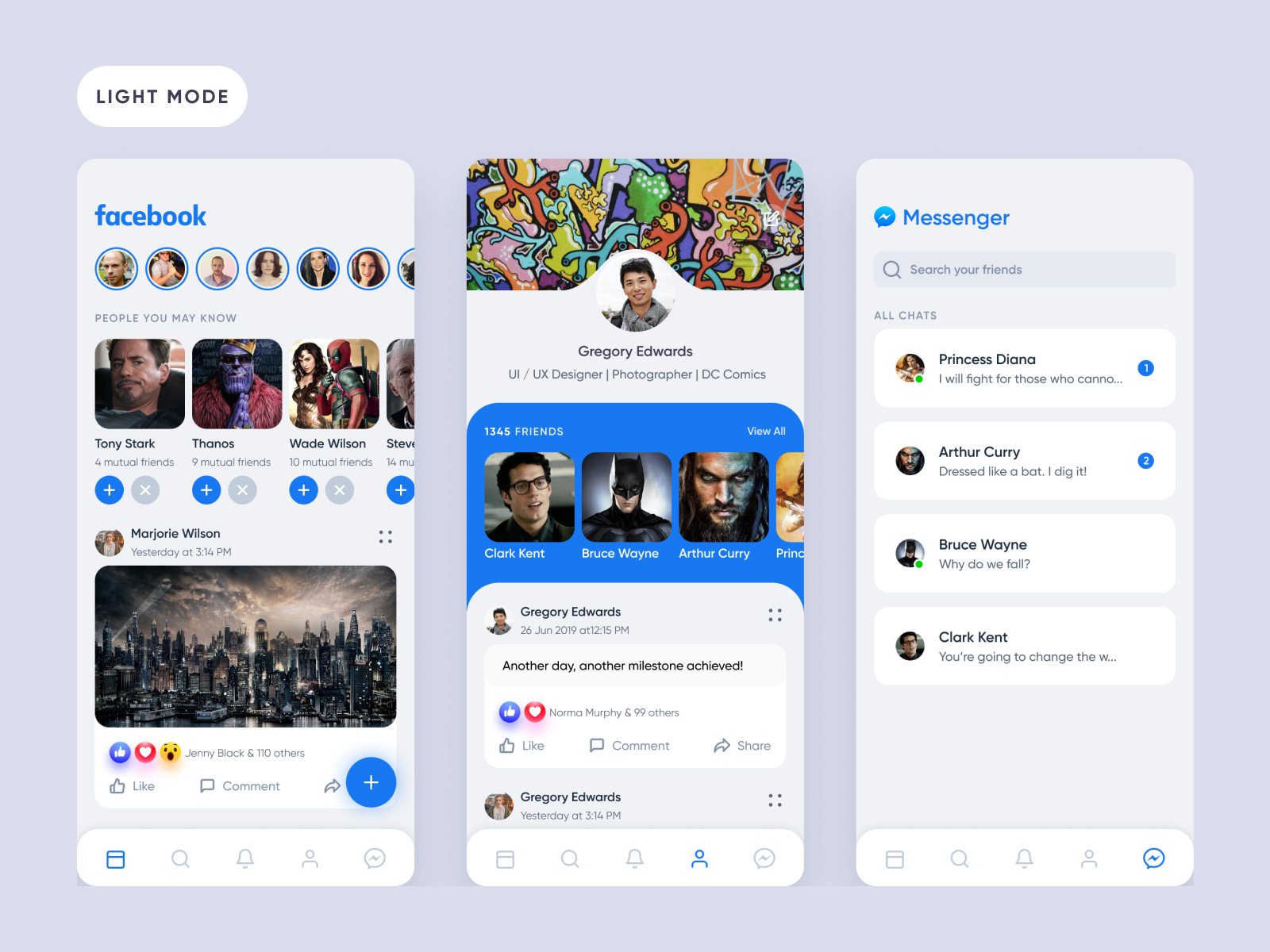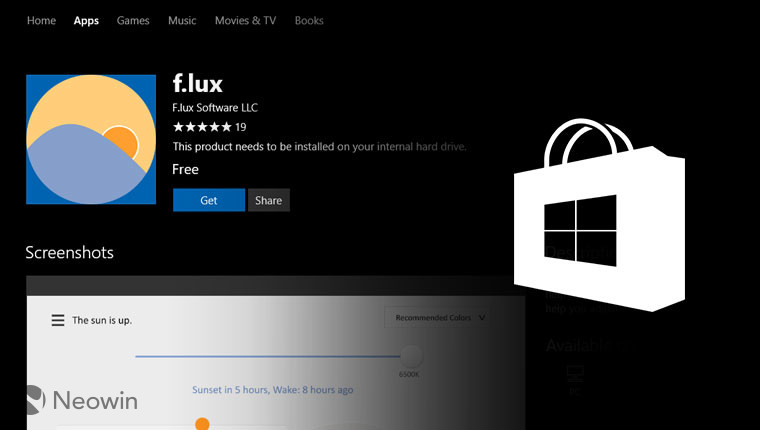

- #LIGHTWEIGHT TWITTER CLIENT FOR WINDOWS FOR ANDROID#
- #LIGHTWEIGHT TWITTER CLIENT FOR WINDOWS ANDROID#
- #LIGHTWEIGHT TWITTER CLIENT FOR WINDOWS CODE#
Twilio Authy has apps for every operating system The app requires an account linked to your phone number to work at all. That easy access does come with one disadvantage, though. Not only does Authy offer versions for all current operating systems, but also, the app syncs them all handily. Twilio Authy’s main advantage is its comprehensive cross-platform support. Operating systems: Android, iOS, Windows, macOS, Linux
#LIGHTWEIGHT TWITTER CLIENT FOR WINDOWS ANDROID#
Microsoft Authenticator greatly simplifies login to Microsoft accounts, but it is hard to excuse its enormous size - and that iOS and Android cloud backups are incompatible. Incompatibility between iOS and Android backup/sync systems,.Microsoft account login necessary for backup/sync (Android version only),.Greatly simplified Microsoft account login,.No account required (as long as you keep cloud backup disabled),.PIN-, fingerprint-, or Face ID–protected access,.Second, Microsoft Authenticator needs about 10 times the storage space of Google Authenticator, 150MB–200MB compared with 15MB–20MB. For users of devices with different operating systems, that would be a deal-breaker. First, the Android and iOS apps use completely incompatible cloud backup systems, and you can’t transfer tokens any other way. Microsoft Authenticator: Not bad, but why so big? Microsoft Authenticator also comes in handy if you work with Microsoft accounts regularly, in which case you do not need to enter a code, just tap the button in the app to confirm login. For example, it can hide codes on the screen and store tokens in the cloud, and both the iOS and Android versions protect app logins. They’re partly justified: The Microsoft app includes a few useful additions to the basic set of features. Many people looking for an alternative to Google Authenticator turn to Microsoft Authenticator based solely on the reputation of the developer. Google Authenticator lacks some useful features, but if you don’t want to get involved with storing tokens in the cloud, it’s a decent option. Greater potential risk, because of ease of exporting tokens, if the unlocked app falls into the wrong hands.Ability to search by token name (iOS version only).Ability to export and import all tokens at once,.Simple interface with minimal settings,.Face ID/Touch ID protection for app access (iOS version only),.
#LIGHTWEIGHT TWITTER CLIENT FOR WINDOWS FOR ANDROID#
(Incidentally, all authenticators for Android restrict the taking of screenshots, so all screenshots in this post come from the iOS versions of the apps.) Google Authenticator still cannot hide generated codes from view, which may be problematic if you use it in public. In the iOS version, it recently became possible to search tokens and protect access to the app with Touch ID or Face ID, unlike with the Android version.
#LIGHTWEIGHT TWITTER CLIENT FOR WINDOWS CODE#
Instead, the app can export all of the tokens created in it, making a single QR code to import them en masse to a new device. On the whole, Google Authenticator is a convenient solution for those who would rather not get involved with token synchronization through the cloud. However, we can’t write about authenticator apps without mentioning this one - and we can use Google’s authenticator as a baseline for evaluating the other programs.


Since Google’s original solution was created a decade or so ago, a number of alternatives that outperform it in convenience and functionality have come on the scene.Īs recently as three years ago, you could count available authenticator apps on one hand, but with a few dozen in the mix now, it is easy to get lost in the options. If you use two-factor authentication with one-time codes generated in an app, Google Authenticator is not your only option.


 0 kommentar(er)
0 kommentar(er)
